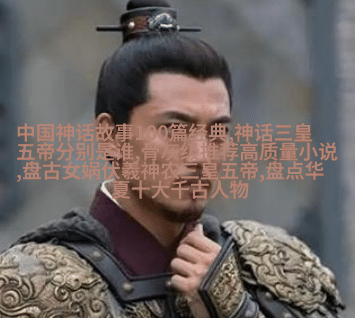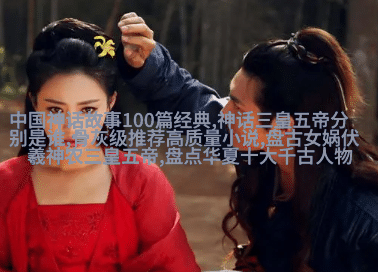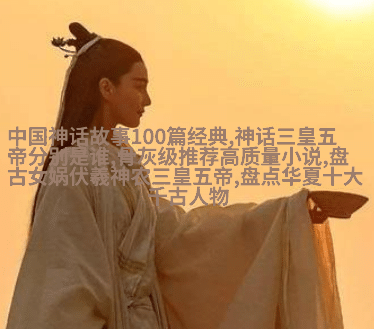The land of China, with its ancient history and rich cultural heritage, is home to a plethora of fascinating mythic tales that have captivated people for centuries. These stories are not just mere fables but hold deep significance in understanding the Chinese worldview, values, and beliefs.

Firstly, let us embark on a journey through time to explore the origins of these mythic tales. The earliest recorded Chinese mythology can be traced back to the Shang Dynasty (16th-11th century BCE), where oral traditions were passed down through generations before being written down during the Han Dynasty (206 BCE-220 CE). These stories were often linked to natural phenomena like mountains, rivers, and seasons.
Next, we delve into one such story that exemplifies this connection - 'The Cowherd and Chang'e.' This tale revolves around a mortal cowherd who falls in love with Chang'e, a celestial being banished to Earth after consuming an elixir meant for immortality. They marry and have two children together. However, their happiness is short-lived as they are separated by the Milky Way when Chang'e returns to heaven while her son remains on Earth. Their reunion happens once every year on Qixi Festival when magpies form a bridge across the cosmos.

Another captivating aspect of Chinese mythology is its array of supernatural creatures known as "Xian". These beings possess magical powers but also live according to strict moral codes called 'Dao'. One famous Xian figure is Zhong Kui who was originally an ordinary man but became immortal after defeating demons in his village. He later joined forces with other Xians fighting against evil spirits.
Moreover, Chinese mythology abounds with various gods associated with different aspects of life such as agriculture ('Yue Lao' responsible for matchmaking) or war ('Meng Po', goddess of forgetfulness). Another notable deity is Pangu who created humans from egg yolk; he symbolizes creation itself.

Furthermore exploring further into this realm brings us face-to-face with fantastical animals like dragons which represent good fortune while phoenixes signify rebirth due their cyclical renewal process after death by fire. Then there are 'Qilin', benevolent unicorns whose horns emit light at night indicating impending prosperity or peace in society.
Lastly but importantly it's crucial mention how these myths continue influencing modern-day culture - art forms like calligraphy & painting often depict scenes inspired from them while festivals celebrate key events within them adding depth & richness beyond historical records alone could provide.

In conclusion our journey through China's Mythic Tales has revealed numerous layers enriching our understanding not only about their worldviews & beliefs but also showcasing timeless universal themes connecting human hearts across cultures transcending boundaries both spatially & temporally proving why "China god stories" remain so compelling even today!
